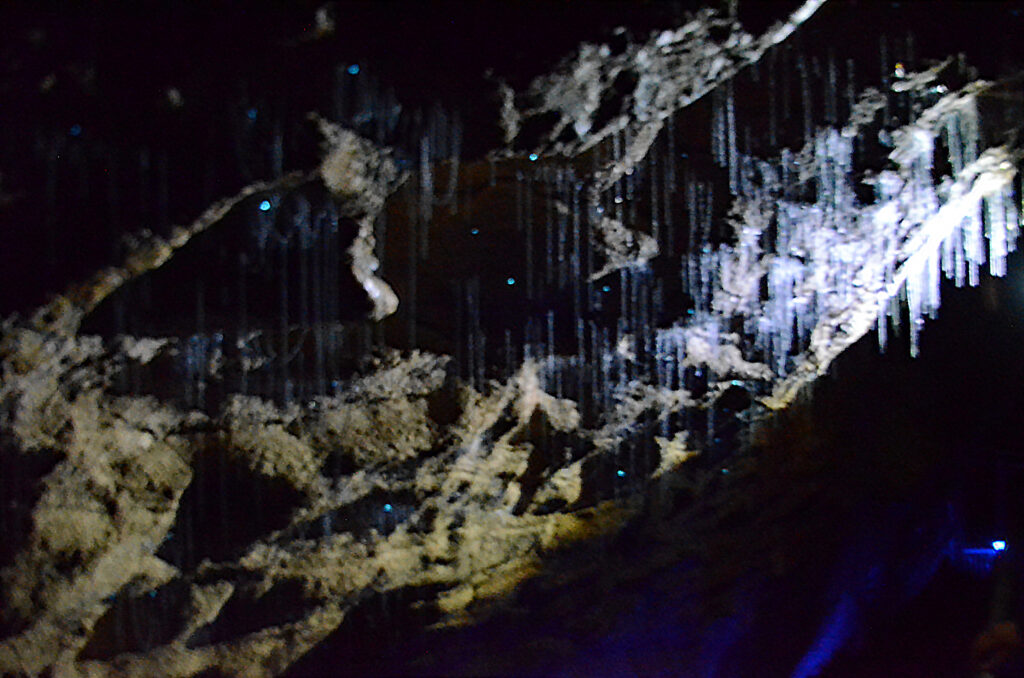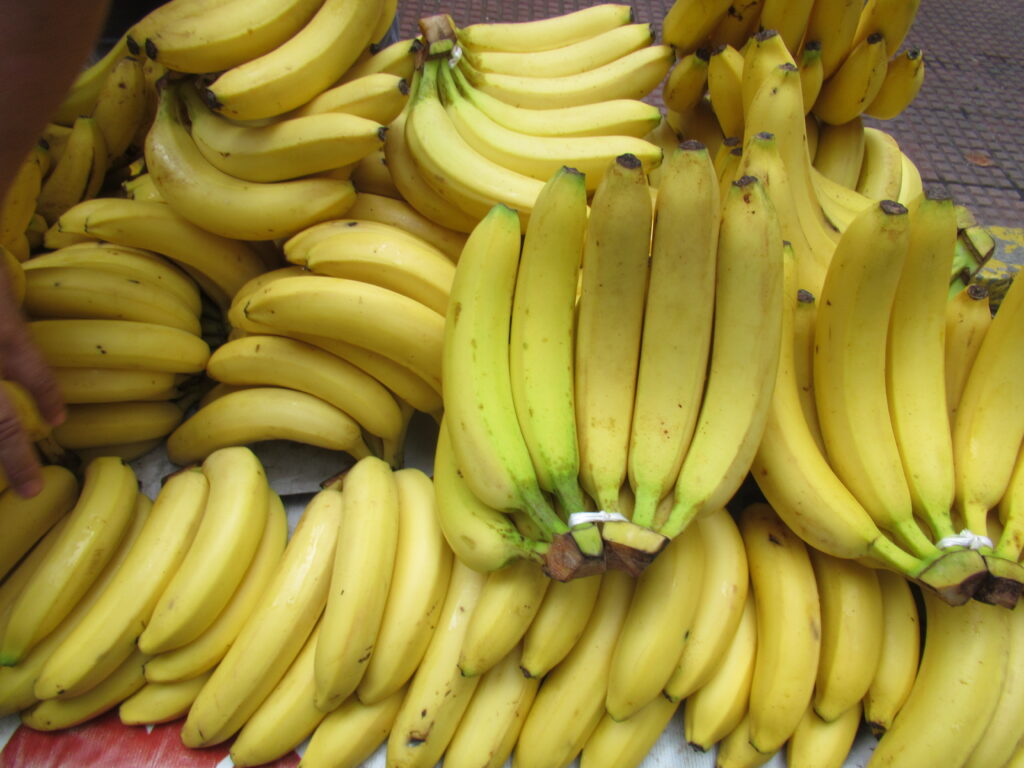Imagine diving beneath the waves and finding a dazzling city of color and life—an underwater metropolis built from living stone and bursting with creatures of every shape and hue. Now picture that same city drained of color, eerily silent, its residents vanished or dying. This is not a scene from a science fiction movie; it’s the haunting reality of coral bleaching. The loss is not just aesthetic—coral reefs are the lifeblood of marine diversity, the nurseries of the sea, and their plight is a warning bell for the health of our entire planet.
What Is Coral Bleaching?
Coral bleaching is a process where corals lose their vibrant colors and turn ghostly white. This happens when the tiny algae living inside coral tissues, called zooxanthellae, are expelled or die off. These algae are more than just residents—they’re essential partners, feeding the coral through photosynthesis and giving reefs their trademark beauty. Without them, corals are left vulnerable, starving, and exposed. Bleached corals aren’t dead yet, but they’re on the brink, struggling to survive without their closest allies.
The Role of Zooxanthellae: Coral’s Secret Allies

Zooxanthellae are microscopic algae that live in a tight partnership with coral animals. They provide up to 90% of the energy corals need to grow and build reefs, thanks to photosynthesis. In exchange, the corals offer the algae a safe home and the nutrients they need. This relationship is intimate and ancient, like a well-rehearsed dance. When something disrupts this partnership, the coral is left without its primary food source and the reef begins to fade, both in color and vitality.
Why Do Corals Bleach?
The main trigger for coral bleaching is stress—especially heat stress. When seawater gets too warm, even by just a degree or two, corals become stressed and eject their zooxanthellae. But it’s not just heat. Pollution, changes in water acidity, disease, sediment, and even too much sunlight can all contribute. The coral’s reaction is a bit like a fever: trying to fight off a threat, but the cure can be just as dangerous as the disease, leaving the coral weakened and more likely to die.
Global Warming and Rising Sea Temperatures
Climate change is turning up the heat on our oceans, and corals are feeling the burn. The last decade has seen record-breaking ocean temperatures, with heatwaves lasting weeks or even months. When water stays too warm for too long, mass bleaching events occur, sometimes wiping out vast stretches of reef in a matter of weeks. Recent bleaching of the Great Barrier Reef in 2024 shocked scientists, as even the most resilient corals struggled to recover. The warming trend shows no sign of slowing, making future bleaching events more likely and more severe.
Ocean Acidification: An Invisible Threat
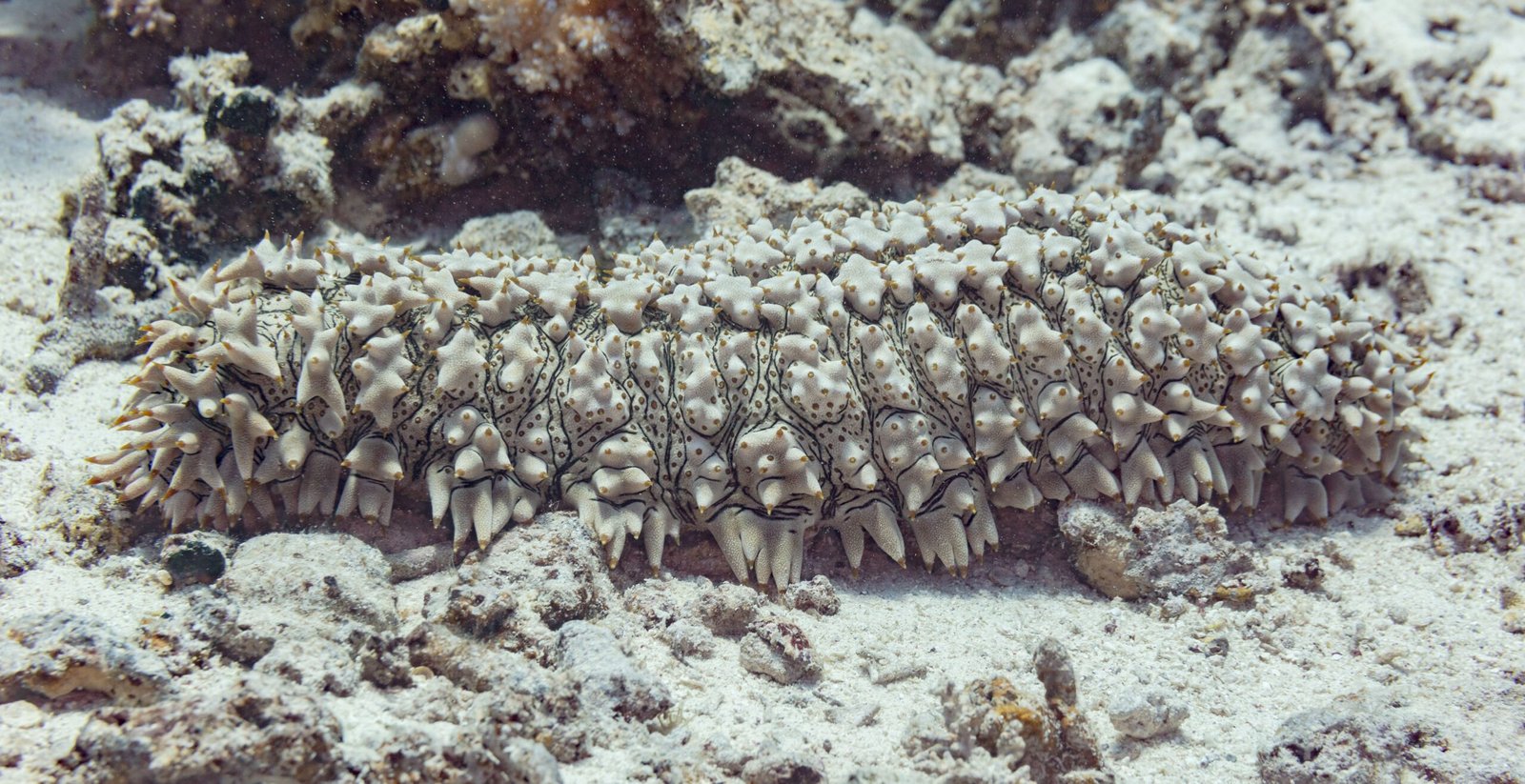
As humans pump more carbon dioxide into the atmosphere, much of it is absorbed by the sea, causing ocean acidification. This chemical shift makes it harder for corals to build their skeletons, weakening the entire reef structure. Acidification doesn’t directly cause bleaching, but it adds another layer of stress. Corals weakened by acidic waters are less able to recover after bleaching, leaving them more vulnerable to disease and erosion. It’s like trying to rebuild a house with crumbling bricks.
Pollution and Runoff: A Murky Problem
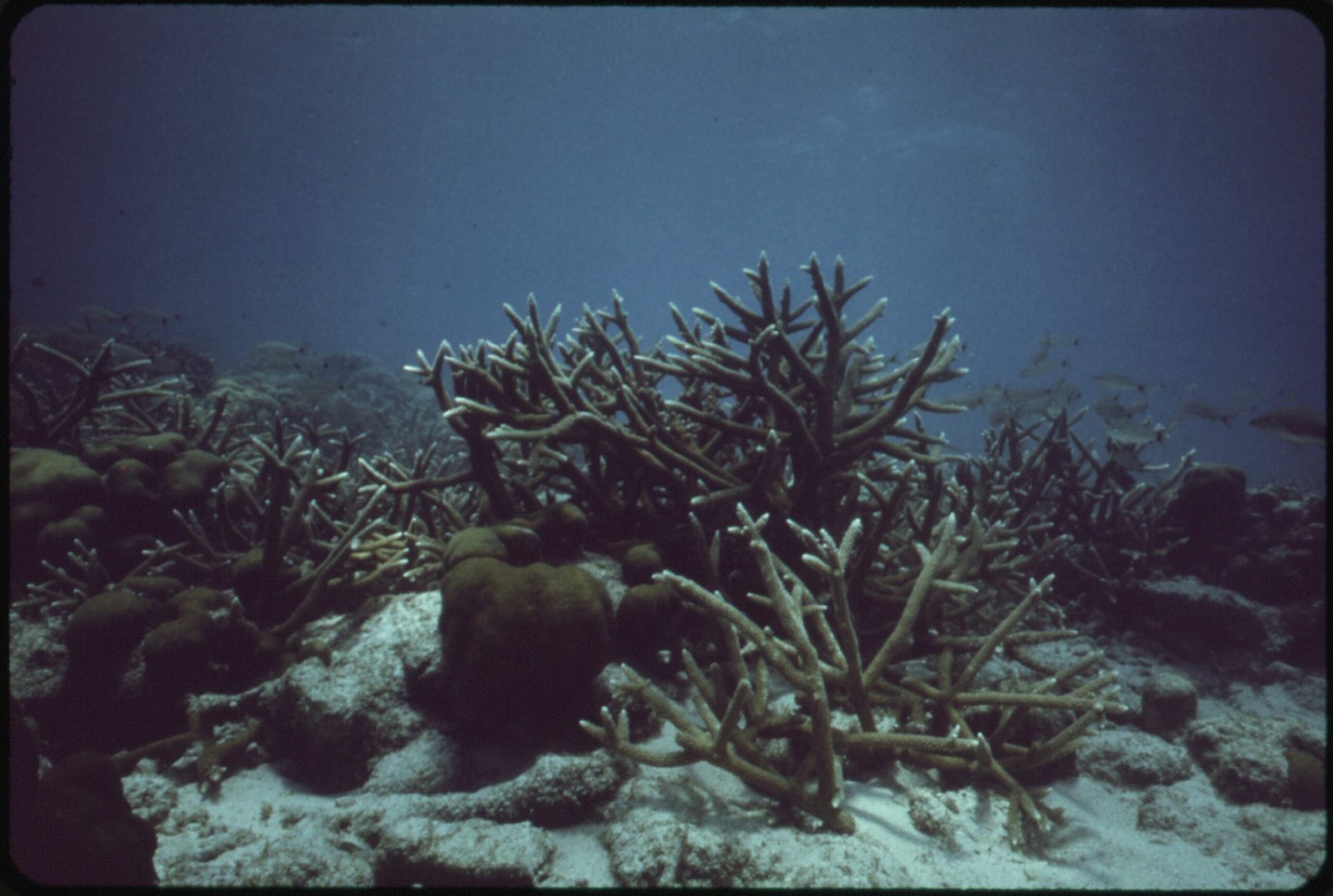
Polluted runoff from land—full of fertilizers, pesticides, and sewage—creates a toxic soup for corals. These pollutants can fuel harmful algae blooms and introduce pathogens. Sediment from construction or farming clouds the water, blocking sunlight and smothering corals. When corals are already stressed by warm water, pollution can push them over the edge. The combined impact is devastating, especially for reefs near densely populated coasts.
Sunlight: Friend and Foe
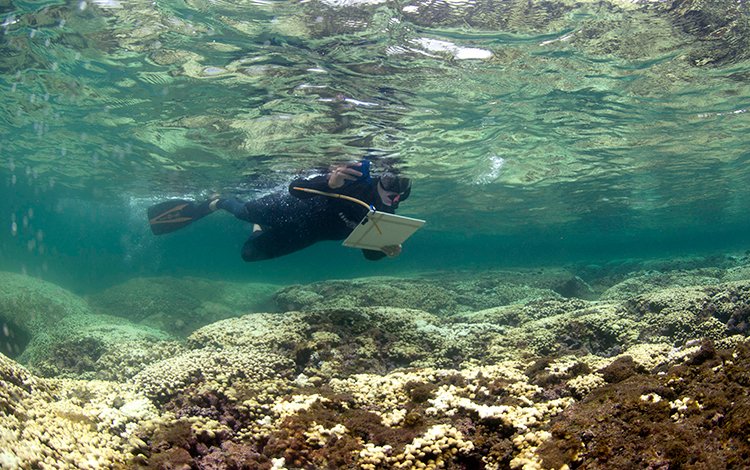
Corals rely on sunlight for their algae to photosynthesize, but too much can be harmful. During heatwaves, sunlight intensifies the stress on corals, almost like a sunburn on already sensitive skin. Shallow reefs are especially at risk, as they receive the most direct sunlight. When water is unusually clear after a storm or due to reduced plankton, sunlight can penetrate deeper, bleaching corals that are normally shaded.
Disease: An Opportunistic Enemy
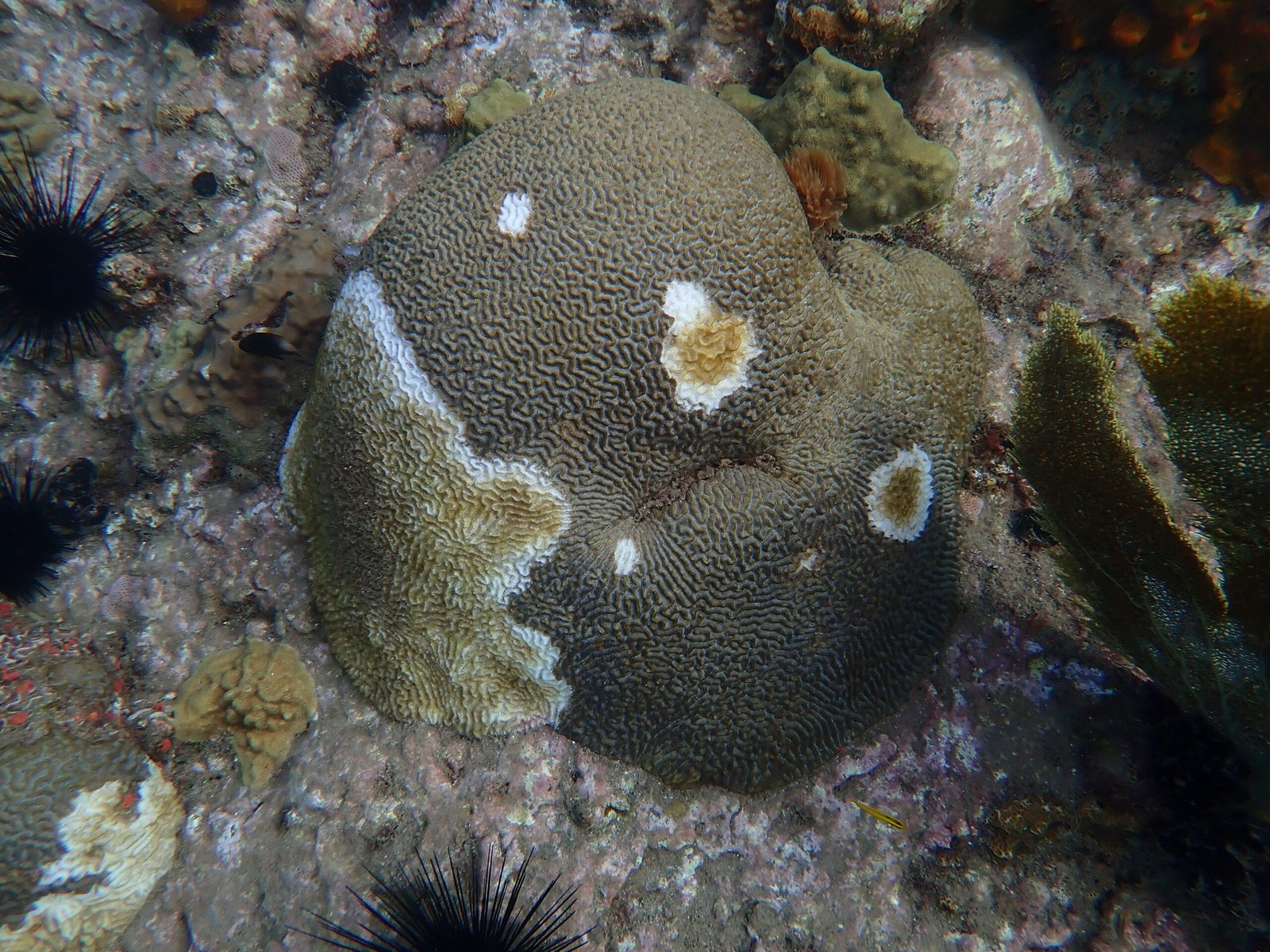
Bleached corals are weakened and more susceptible to disease. Outbreaks of coral diseases—such as white band disease or black band disease—have increased worldwide. These diseases spread faster in stressed, bleached reefs, killing corals outright or preventing them from recovering. In some regions, disease has finished what bleaching started, leaving entire reef systems barren and lifeless.
El Niño Events: Nature’s Wild Card
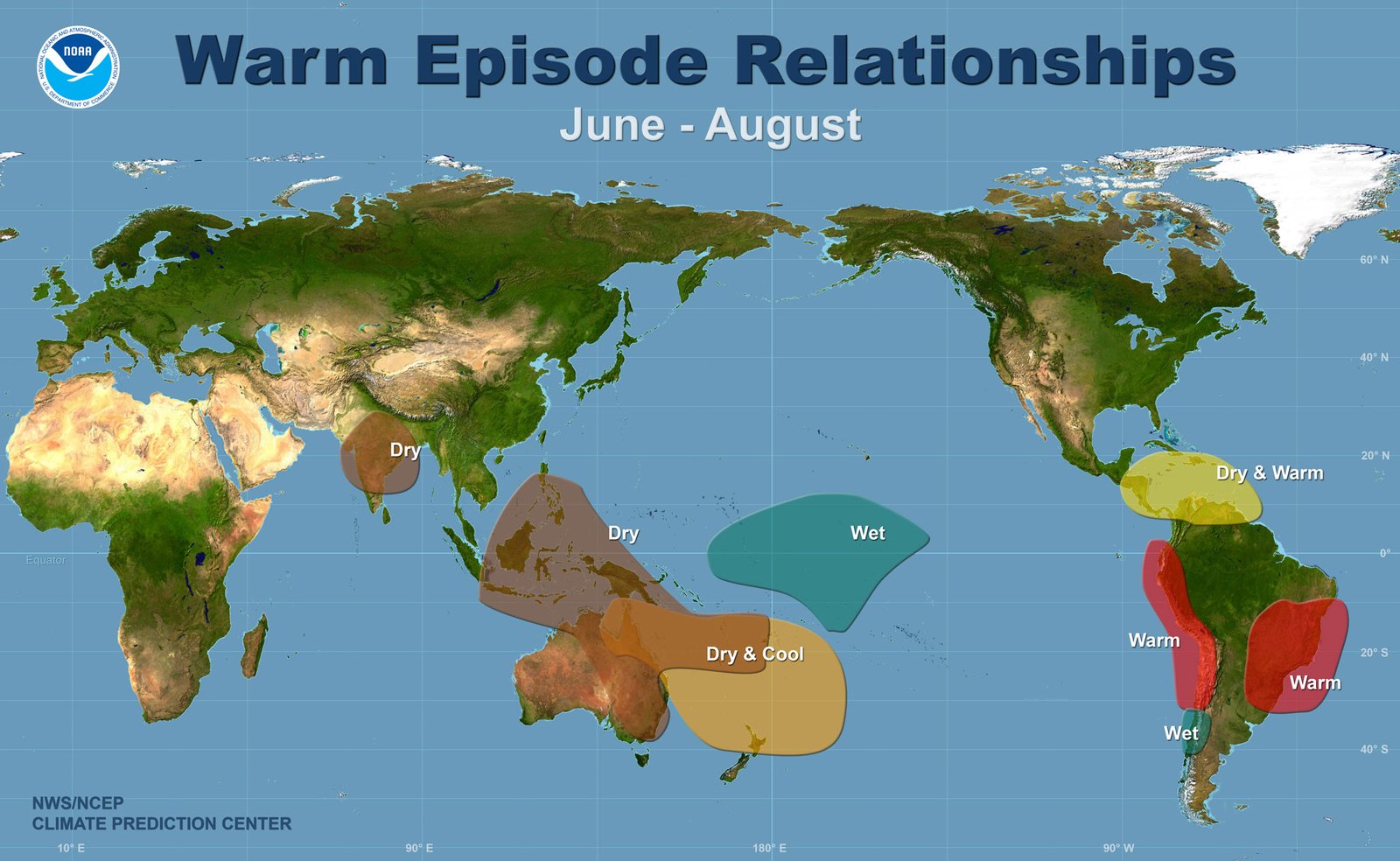
El Niño, a natural climate pattern, periodically warms vast areas of the Pacific Ocean. These events are notorious for causing severe coral bleaching, as they bring high temperatures and disrupt normal weather patterns. The 2015-2016 El Niño was especially destructive, triggering mass bleaching events from the Indian Ocean to the Caribbean. Scientists worry that climate change is making El Niño events more frequent and intense, stacking the odds against coral survival.
The Ripple Effect: Coral Bleaching and Marine Life
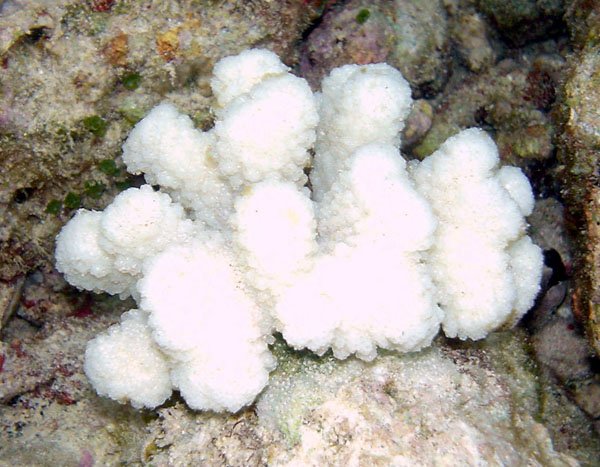
Coral reefs are home to a quarter of all marine species, despite covering less than 1% of the ocean floor. When reefs bleach and die, the ripple effect is enormous. Fish lose their shelter and food, predators have fewer prey, and entire food webs unravel. In some places, fishermen return with empty nets, and communities that rely on reefs for food and income face hardship. The loss of coral reefs isn’t just an ecological tragedy—it’s a human one.
Tourism and Economic Impact
Millions of people travel each year to snorkel and dive among colorful coral reefs. When reefs bleach and lose their allure, tourism falters. For many island nations, reef tourism is a mainstay of the economy. Businesses close, jobs vanish, and local cultures suffer. The economic shockwave can be felt from remote villages to international airports, all because the reefs are losing their color and life.
“Can Corals Recover?”: Hope Amid Despair
There is hope—corals can sometimes recover from bleaching if conditions improve quickly. New algae can move in, and the reef can bounce back over months or years. Some coral species are tougher and more resilient, and scientists are working to breed “super corals” that can withstand higher temperatures. These stories of recovery are inspiring, showing that nature has tremendous resilience—if given a fighting chance.
Human Intervention: Restoration and Innovation
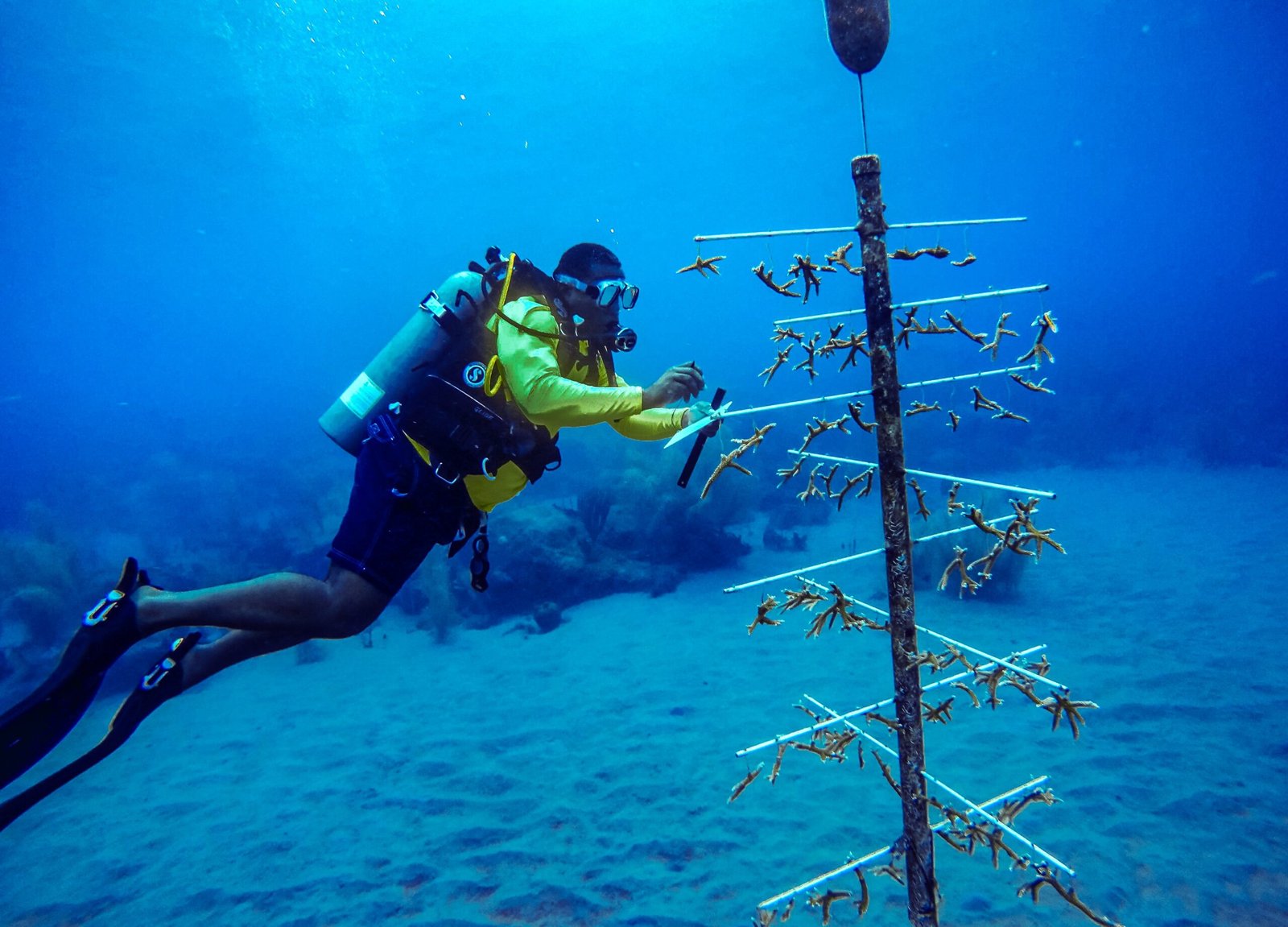
Around the world, teams of scientists, divers, and volunteers are racing to save coral reefs. Projects include growing baby corals in underwater nurseries, transplanting them onto damaged reefs, and breeding heat-tolerant corals. Some researchers use robots or artificial structures to give reefs a head start. These efforts are ambitious and sometimes experimental, but they offer a glimpse of what’s possible when people pull together for a cause.
Local Actions Matter: What Communities Can Do
While climate change is a global problem, local actions can make a difference. Reducing pollution, managing fisheries, and protecting coastal habitats all help reefs withstand stress. Some communities ban anchoring on reefs, restrict harmful fishing practices, or create marine protected areas. These steps might seem small, but multiplied across the world, they give reefs a better shot at survival.
Climate Change: The Elephant in the Room
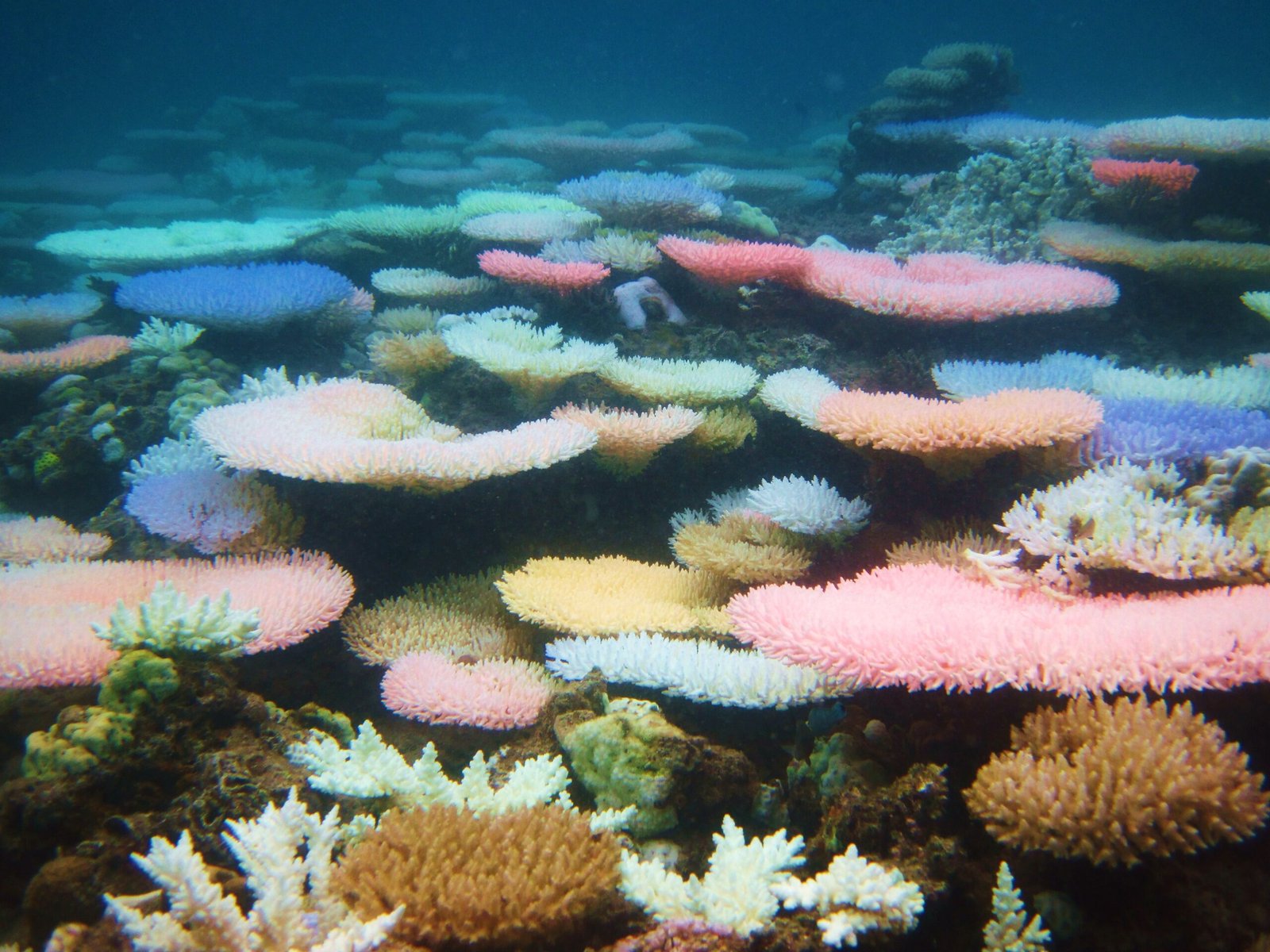
No amount of local conservation can save reefs if climate change keeps accelerating. Slowing or reversing global warming is the single most important thing humanity can do for coral reefs. This means cutting greenhouse gas emissions, transitioning to renewable energy, and pushing for bold climate policies. The challenge is huge, but the stakes are even higher. The fate of coral reefs—and the millions of lives that depend on them—hangs in the balance.
The Cultural Significance of Coral Reefs
For many coastal peoples, coral reefs are more than just ecosystems—they’re sacred places, part of identity and tradition. From Pacific Islanders who tell stories of reef creation to Caribbean communities who harvest fish and shells, reefs are woven into the fabric of daily life. Losing them isn’t just an environmental loss; it’s a cultural and emotional blow that can’t be measured in dollars or data.
Coral Bleaching in 2025: The Latest Developments
This year has seen another wave of coral bleaching, with reports of severe events in the Indian Ocean and parts of the Great Barrier Reef. Scientists are scrambling to assess the damage, using drones, satellites, and old-fashioned scuba dives. Early signs aren’t good—many reefs are struggling to recover from repeated bleaching episodes. The sense of urgency is palpable, as researchers warn that time is running out for some of the world’s most iconic reefs.
New Research and Surprising Discoveries

Despite the grim news, there are bright spots. Recent studies have found some coral populations adapting to warmer waters, with certain “super corals” thriving in hot lagoons. Genetic research is uncovering the secrets of resilience, raising hopes that selective breeding could help reefs survive the coming decades. Scientists are also learning more about how reefs can recover naturally, offering valuable lessons for restoration projects.
The Power of Awareness and Advocacy
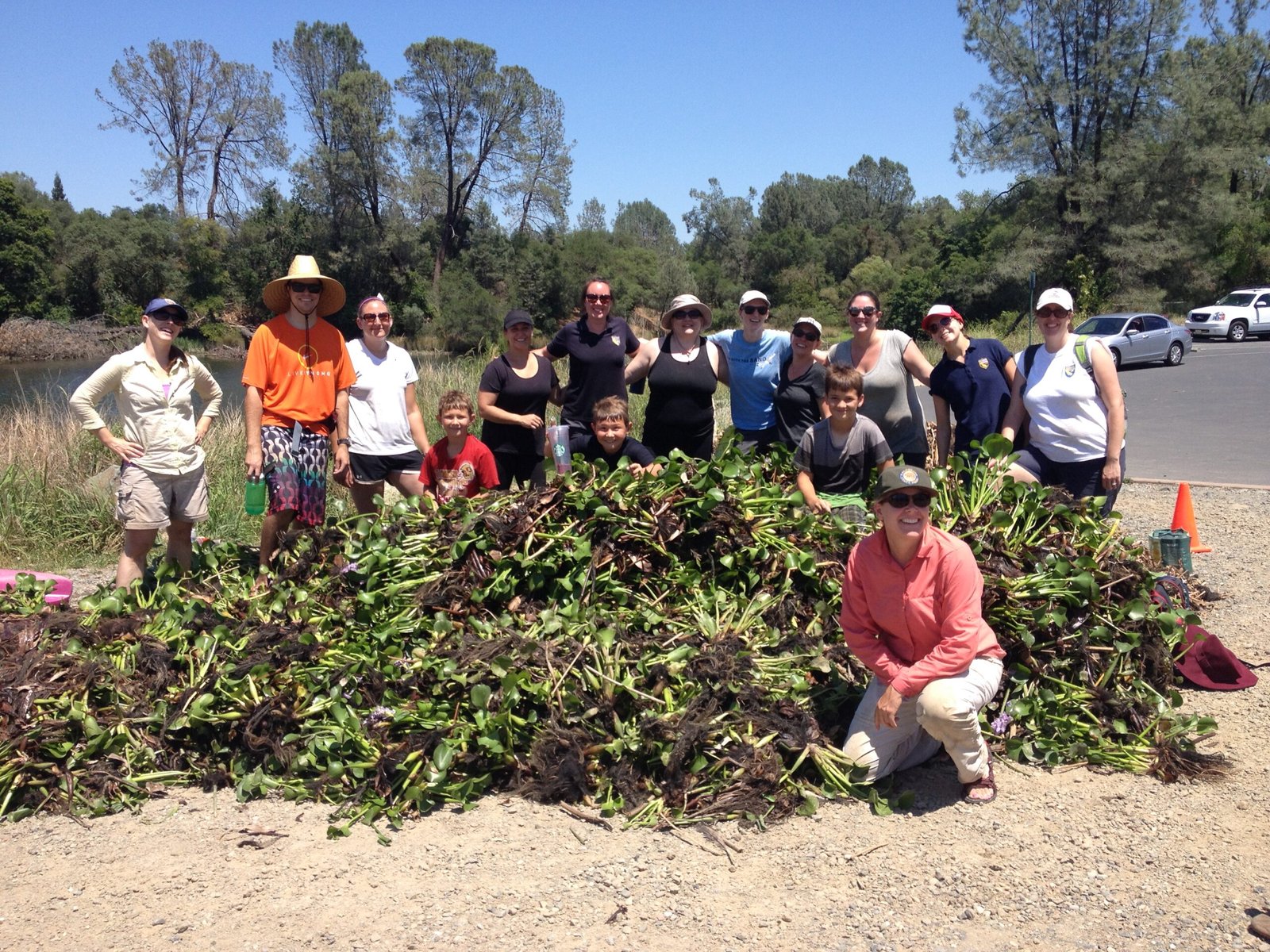
Public awareness has never been higher, and people around the globe are speaking out for reefs. Social media campaigns, documentaries, and classroom lessons are inspiring the next generation of ocean guardians. When people care, they take action—whether it’s reducing plastic use, supporting conservation groups, or voting for climate-friendly leaders. Every voice matters in the fight to protect coral reefs.
Why Coral Bleaching Should Matter to Everyone
You don’t have to live near the ocean to be affected by coral bleaching. Reefs protect coastlines from storms, support global fisheries, and even help develop new medicines. Their loss would ripple through economies, cultures, and natural systems worldwide. The crisis unfolding beneath the waves is a test of our values and our willingness to act. Will we rise to the challenge, or watch the colors fade forever?

